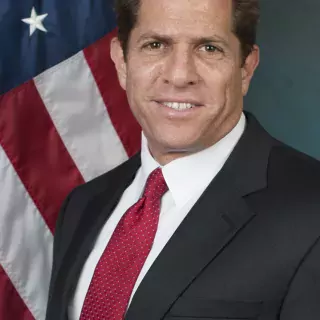Building a Better Federal Workforce
This week marks Public Service Recognition Week. During this annual event, we usually feature some of our work on the federal workforce—and this year is no exception.
Today’s WatchBlog takes a look at we’ve found since last year.
Some good news…
The Office of Personnel Management and other federal agencies have been making strides to improve the work experience for federal employees.
- Improving the federal workforce. Management of the federal workforce is still one of our high risk areas, but this year’s high risk report noted more leadership commitment in this area. Specifically, OPM, federal agencies, and Congress have taken steps to address mission-critical skills gaps (such as people who can work on cybersecurity)—though this continues to be a challenge.
- Telework. More than 400,000 federal workers telework, which is generally considered to improve morale and work/life balance. And, we found that some agencies are working to ensure that work performance does not diminish as the number of teleworkers grows. More effectively training managers on telework could help both the government and federal employees maximize its benefits.
…and a few challenges
However, the government still faces challenges when it comes to recruiting federal employees and protecting federal whistleblowers.
- The next generation. In occupations with the greatest skills gaps (such as auditing, cybersecurity, and STEM fields), millennials make up an even greater portion of federal employees than they do in the rest of the government. Also, over 34 percent of federal employees (those on board by the end of fiscal year 2015) could retire by 2020, so the government needs to be competitive for top talent, including millennials. We found that employee satisfaction increases when employers provide constructive performance conversations and inclusive work environments.
- Whistleblowers. Federal whistleblowers could also have better protections—ones that would make it easier for them to come forward when they see waste, fraud, abuse, or threats to public health and safety. To ensure that these whistleblowers are protected from reprisals, the courts need better data so they can see trends in whistleblower appeals cases.
How can we help?
GAO has frequently been named one of the Best Places to Work in the Federal Government, so we understand how important it is to identify and address human capital issues like these.
To learn more, check out the resources on our best practices and leading practices in human capital management and strategic management of human capital key issue pages.
- Comments on GAO’s WatchBlog? Contact blog@gao.gov.








